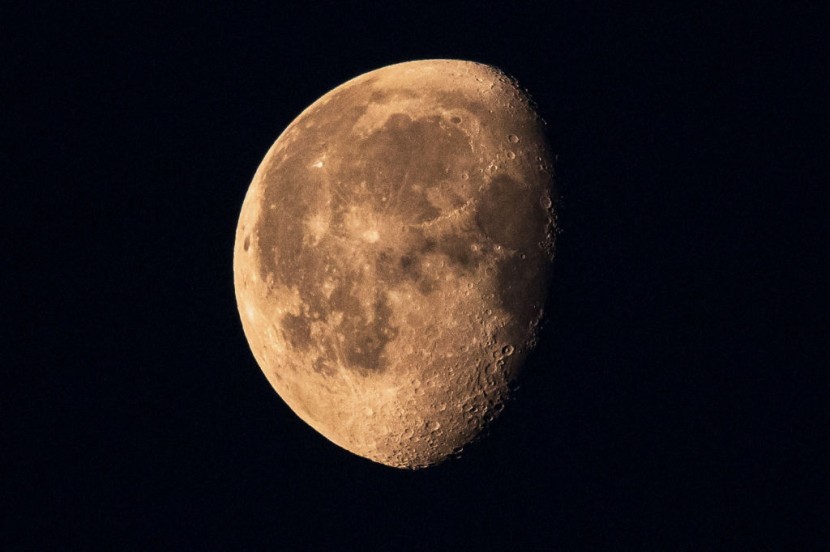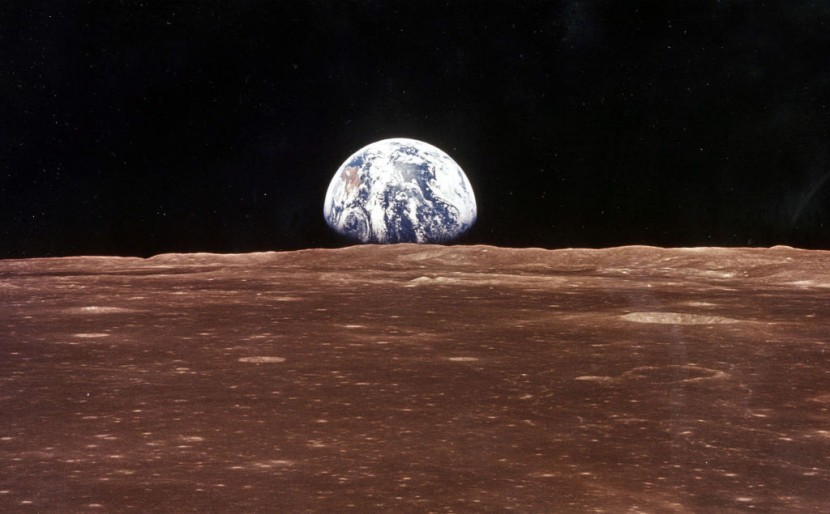How old is the moon? Although numerous scientists provided their estimations regarding the age of Earth's natural satellite, none of them was able to offer a more precise number.
Because of this, many people across the globe have been riddled by the moon's real age. Now, thanks to the crystallization of the Apollo 17 mission's rock samples, space experts were able to get a more precise number for the natural satellite's age.
Apollo 17 Rock Sample's Crystallization Offers More Precise Age of Moon

According to Reuters' latest report, Apollo 17 is one of the missions of NASA's Apollo program. It was a big deal for the aerospace union because this space mission was the last one that brought people to the moon's surface.
NASA astronauts Eugene Cernan and Harrison Schmitt were able to collect over 240 lbs (around 110 kg) of rock and soil samples, which were later brought back to Earth.
After half a century, these rock and soil samples crystallized. Specifically, the mineral zircon's crystals formed inside a coarse-grained igneous rock fragment.
Thanks to this, scientists were able to have a deeper understanding of the moon's age and how it formed.
On Monday, Oct. 23, space experts who analyzed the rock sample's crystallization said that the moon is actually 40 million years older than previously expected.
This means that it formed around 4.46 billion years ago, within 110 million years after the formation of the solar system. Before their analyses, Earth's natural satellite was estimated to be around 4.53 billion years old.
"I love the fact that this study was done on a sample that was collected and brought to Earth 51 years ago," said Field Museum Senior Director Philipp Heck, who is also a cosmochemist.
"At that time, atom probe tomography wasn't developed yet and scientists wouldn't have imagined the types of analyses we do today," he added.
Fun Facts About the Moon

The latest estimation for the moon's age is just among the fun facts you need to know about Earth's celestial partner.
If you are a space fan and want to learn more about the natural satellite of the planet, Royal Museums Greenwich provided more interesting facts about it:
- Earth's moon is considered to be the second densest satellite in the solar system.
- Despite spinning and rotating around the Earth, the moon is able to show the same face to Earth all year round.
- Unlike in movies, the moon's surface is not white or gray. Instead, it is pretty dark.
- Many studies revealed that the moon is actually drifting away from Earth.
These are just some of the things you need to know about the moon. You can click here to see more.








